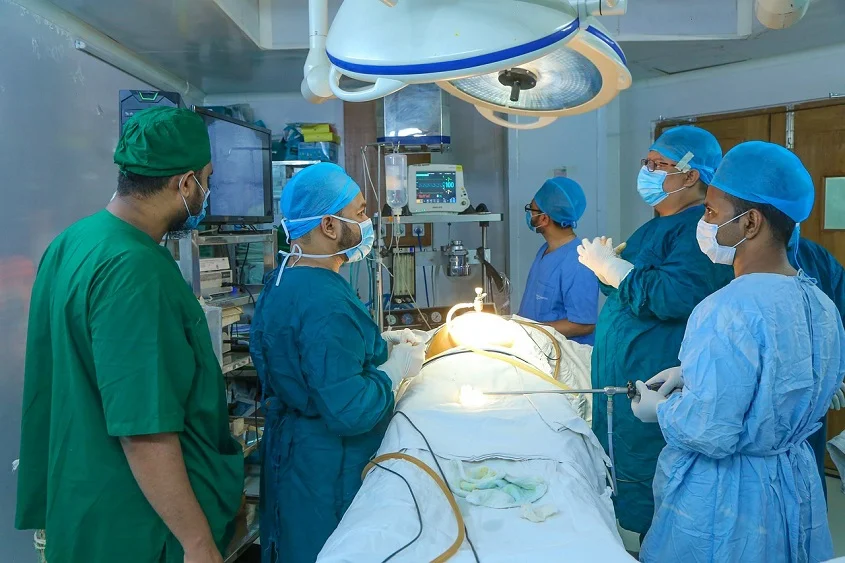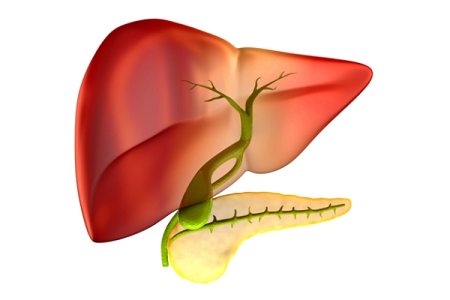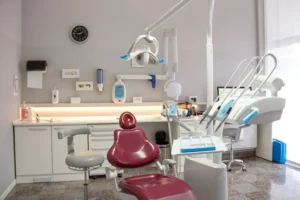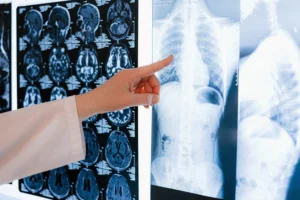Understanding Laparoscopy: A Best Guide to Normal Without Pain Operation
- Updated on: Jan 14, 2025
- 3 min Read
- Published on Jan 10, 2025

Introduction
Laparoscopy, often referred to as minimally invasive surgery (MIS), is a modern surgical technique that has revolutionized the field of surgery. It involves the use of small incisions and specialized instruments, including a laparoscope—a thin, lighted tube with a camera—to perform procedures within the abdomen and pelvis. This guide provides an in-depth understanding of laparoscopy, its benefits, risks, and common applications. Laparoscopic Vaginal Hysterectomy is needed for women when they have pregnant.
History and Evolution
The roots of laparoscopy date back to the early 20th century, but it wasn’t until the 1980s and 1990s that it gained widespread adoption. The advent of advanced imaging technologies and refined surgical instruments have made laparoscopy a preferred option for many surgical procedures today. The technique has evolved significantly, with robotic-assisted laparoscopy further enhancing precision and outcomes.
How Laparoscopy Works
During a laparoscopic procedure, several small incisions (typically 0.5-1.5 cm) are made in the patient’s abdomen. Through these incisions, the surgeon inserts the laparoscope and other surgical instruments. The laparoscope transmits images to a monitor, allowing the surgeon to visualize the internal organs and guide the instruments with precision. Carbon dioxide gas is often used to inflate the abdomen, creating more space to work and improving visibility.
Benefits of Laparoscopy
- Reduced Pain and Discomfort: Smaller cutting areas result in less postoperative pain compared to traditional open surgery.
- Shorter Recovery Time: Patients normally experience faster recovery and can return to normal activities sooner.
- Minimal Scarring: The small incisions lead to less noticeable scars.
- Lower Risk of Infection: Decreased exposure of internal organs reduces the risk of infection.
- Reduced Blood Loss: Smaller incisions and precise techniques result in less blood loss during surgery.
Common Applications
Laparoscopy is used in various surgical specialties, including:
- General Surgery: Procedures like appendectomy, cholecystectomy (gallbladder removal), and hernia repair.
- Gynecology: Treatment of conditions such as endometriosis, ovarian cysts, and ectopic pregnancy.
- Urology: Procedures like nephrectomy (kidney removal) and prostate surgery.
- Gastroenterology: Diagnosis and treatment of gastrointestinal disorders, including biopsies and resections.
- Oncology: Staging and treatment of cancers, including colorectal and gynecologic cancers.
Risks and Complications
While laparoscopy offers many benefits, it is not without risks. Potential complications include:
- Infection: Although the risk is lower than open surgery, infections can still occur.
- Bleeding: There is a risk of bleeding, though it is usually minimal.
- Organ Injury: Accidental injury to internal organs or blood vessels can occur.
- Adverse Reactions: Patients may experience reactions to anesthesia or the carbon dioxide used for insufflation.
- Conversion to Open Surgery: In some cases, the surgeon may need to switch to open surgery due to complications or insufficient visibility.
Preoperative Preparation
Preparation for laparoscopic surgery involves several steps to ensure patient safety and optimal outcomes:
- Medical Evaluation: A thorough evaluation, including medical history, physical examination, and necessary diagnostic tests.
- Fasting: Patients are normally required to fast for multiple hours before surgery.
- Medication Review: Discussion of current medications and potential adjustments.
- Consent: Detailed explanation of the procedure, risks, and benefits, followed by obtaining informed consent.
Postoperative Care and Recovery
Recovery from laparoscopic surgery varies depending on the procedure and individual patient factors. Key aspects of postoperative care include:
- Pain Management: Use of prescribed painkillers to manage discomfort.
- Wound Care: Instructions on how to care for the cutting area sites to prevent infection.
- Activity Restrictions: Guidance on resuming activities and lifting restrictions.
- Follow-up Appointments: Regular check-ups to monitor healing and address any problems.
Advancements and Future Directions
The field of laparoscopy continues to evolve with technological advancements:
- Robotic-Assisted Surgery: Enhanced precision, dexterity, and visualization.
- Single-Incision Laparoscopy: Further reduction in scarring by using a single entry point.
- Natural Orifice Transluminal Endoscopic Surgery (NOTES): Minimally invasive techniques using natural body orifices to access internal organs.
- Enhanced Imaging: High-definition and 3D imaging for better visualization.
Conclusion
Laparoscopy represents a significant advancement in surgical care, offering numerous benefits over traditional open surgery. As technology continues to improve, the scope and effectiveness of laparoscopic procedures are expected to expand, providing patients with safer, less invasive, and more efficient surgical options.












